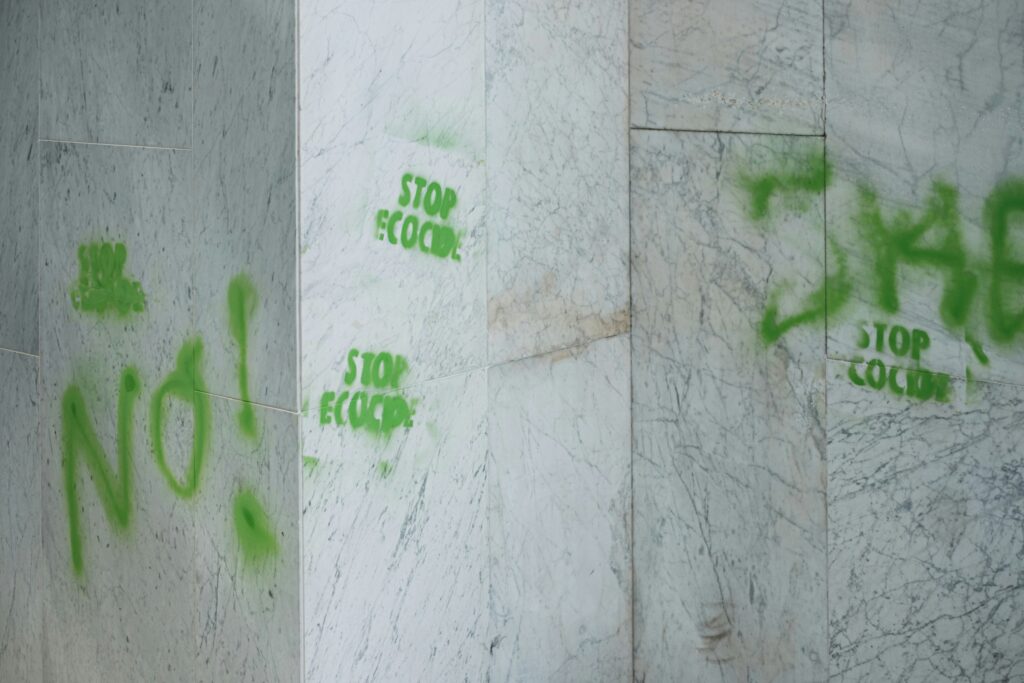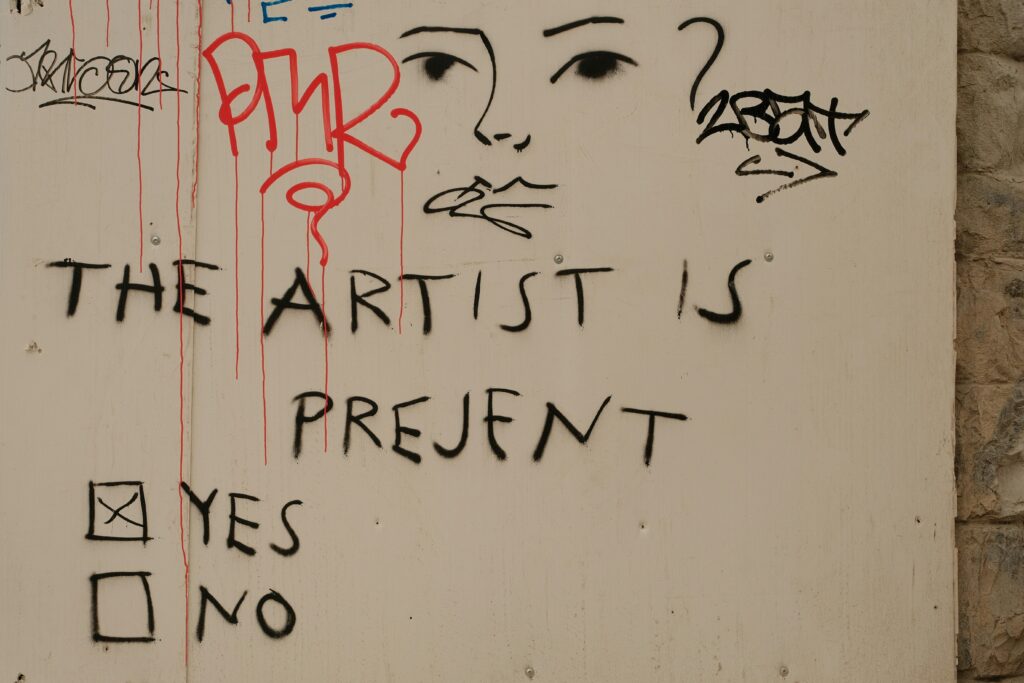Vlogging may feel like a 21st-century invention, but its roots grow deeper than you’d think. Trace the thread back to the 1960s and 70s, and you’ll find the DNA of modern vlogging in handheld cameras, DIY media, and the grassroots energy of early video art. This was the era when people started filming personal stories, protests, and everyday life—not for profit, but for truth and voice.
Environmental activism played a surprising role. As green movements picked up steam in the late 60s, some creators grabbed cameras to document polluted rivers, clear-cut forests, and urban decay. Footage wasn’t always polished, but it was real. The raw, direct style found in those early tapes isn’t far off from today’s lo-fi vlog confessionals.
It all happened against a backdrop of civil unrest, counterculture, and a growing suspicion of mainstream media. The hunger for honest, unfiltered storytelling started there. Today’s creators, even if they’ve never touched film, are tapping into the same urge: to document, to express, to connect.
Environmental art has a long history, but what we’re seeing now feels different. Today’s creators aren’t just making statements about the natural world—they’re embedding themselves in it. Unlike traditional environmental art, which often leaned symbolic or observational, this new wave is more active, hands-on, and rooted in immediacy.
Key themes are bold and direct: sustainability, climate urgency, and ecological restoration. Artists are no longer just echoing concern—they’re offering interventions. Think sculptures made to decompose, installations that filter water, or art that changes with the weather. These are not pieces meant to sit untouched in a gallery. They’re built to age, react, and sometimes disappear.
Mediums push boundaries too. Organic materials like clay, moss, and seed paper combine with salvaged industrial waste or single-use plastics. Digital tech is slipping in as well—augmented reality layers data over landscapes, while projection art visualizes ocean temperatures or air quality in real-time. It’s less about permanence, more about impact and presence.
Agnes Denes, Andy Goldsworthy, and Mel Chin carved their names into the eco-art movement by turning landscapes into lasting messages. Denes planted a wheat field in lower Manhattan in 1982, putting questions of land use and food systems at the center of the financial world. Goldsworthy reshaped nature using materials like stone, ice, and leaves—his works temporary, yet precise, forcing viewers to rethink permanence. Chin went big on collaboration, turning his art into tools for healing. His Fundred Dollar Bill Project pulled in thousands of children to raise awareness about lead poisoning.
Their landmark projects didn’t stay locked inside museums. These were open invitations—for people to engage, reflect, and act. That spirit carried into grassroots eco-art, where communities became part of both the process and the message. Think local murals tying pollution to community health, or site-specific performances aimed at saving coastlines. In these new spaces, art became less about objects and more about change.
Today’s eco-art is scrappy and serious. It doesn’t wait for institutions. It gets its hands dirty—literally—in gardens, in abandoned lots, in living rooms and forests. Driven by urgency and grounded in place, it thrives where activism meets imagination.
Eco-Art as a Catalyst for Awareness and Policy Change
Eco-art has emerged as more than just a niche creative outlet. In 2024, it holds real influence in the conversations surrounding climate, social responsibility, and sustainable policy. By blending artistry with activism, eco-artists are driving tangible change in how cities, institutions, and organizations approach environmental challenges.
Eco-Art in the Public Eye
Eco-artists are translating complex environmental topics into accessible, engaging forms:
- Murals, installations, and performances that highlight local environmental concerns
- Interactive exhibits in museums and schools that spark discussion on sustainability
- Temporary public art in urban centers that doubles as protest and education
These artistic interventions don’t just look good — they get people talking, voting, and changing behaviors.
Educating Through Creation
Beyond awareness, eco-art is increasingly embedded in education at all levels:
- Integrated into K-12 curriculum to promote early engagement with climate issues
- Used in community workshops to teach sustainability practices through hands-on art
- Featured in university programs that merge creative arts with environmental studies
This educational focus is preparing the next generation to see art not just as expression, but as a tool for environmental literacy and action.
Collaborations with Brands and NGOs
As public demand grows for authentic sustainability efforts, organizations are turning to eco-artists for meaningful partnerships:
- Brands are commissioning eco-focused art projects to communicate their environmental initiatives in more human, relatable ways
- NGOs are using artist-led campaigns to reach new communities and amplify messages around conservation, climate justice, and waste reduction
- Local governments are embedding eco-art into urban planning projects to reflect sustainability values in the lived environment
These collaborations expand the reach and impact of eco-art, making it not just a creative statement but a strategic component in driving cultural and policy shifts.
Eco-art is not decoration — it is direction. In 2024, it’s becoming central to how change is communicated, taught, and executed at every level.
How Technology Amplifies the Message
Tech isn’t just a background player anymore. It’s front and center, shaping how creators tell stories and how audiences experience them. Augmented reality brings viewers into the scene instead of just showing it to them. Virtual reality? It drops them right inside, shifting vlogs from passive content to immersive environments.
Social platforms are catching on fast. TikTok and Instagram are layering in interactive filters, polls, and live-stream reactions that let audiences shape the journey in real time. Meanwhile, interactive video tools are becoming more polished, allowing vloggers to build choose-your-own-adventure storylines or clickable mini-narratives that boost retention.
This fusion of tech and storytelling is giving rise to a new vlogging subgenre—a mix of digital theater and surreal art. Creators are playing with fantasy, bending reality, and building experiences that feel more like performance art than daily updates. It’s weird, but it works. For a deeper look at this evolution, check out Digital Surrealism – Where Fantasy Meets Technology.
Eco-art has carved out a unique corner of creative resistance. It’s visual protest, yes. But more than that, it’s a way to process and shape the world’s response to the climate crisis. As sea levels, wildfires, and mass extinction stats make headlines, artists aren’t just reacting—they’re offering new narratives and new futures.
The question is, can eco-art stay both impactful and authentic as it moves into bigger spaces and draws broader attention? With museums and global exhibitions now spotlighting climate-focused work, there’s a risk of dilution—important messages wrapped in polished gallery packaging. But for a new wave of creators from Jakarta to Johannesburg, the boots are still on the ground. They’re working with local communities, salvaged materials, and urgent timelines. The art is raw, sometimes unfinished, but it lands where it matters: in conversations that lead to action.
Eco-art in 2024 isn’t just about awareness. It’s about usefulness. These creators are treating environmental storytelling not as an accessory to change, but as a driver. We’re past the point of observing. Now, we’re participating.
Eco-art Isn’t Decorative. It’s Urgent, Disruptive, and Necessary
Eco-art doesn’t exist to match your couch. It’s not about beauty for beauty’s sake. It’s about confronting viewers with climate truth, pushing past comfort, and demanding engagement. This isn’t background noise—it’s foreground fire. And the stakes are real.
What’s powerful here is that eco-art isn’t exclusive. You don’t need a gallery, a degree, or a fancy camera to be part of it. Creators are turning trash into statements, forests into canvases, and community projects into documentaries. The movement is messy, loud, and deeply personal—and that’s the point. It opens the door wide for anyone who wants to speak up creatively and be part of the fix. Not someday. Now.




